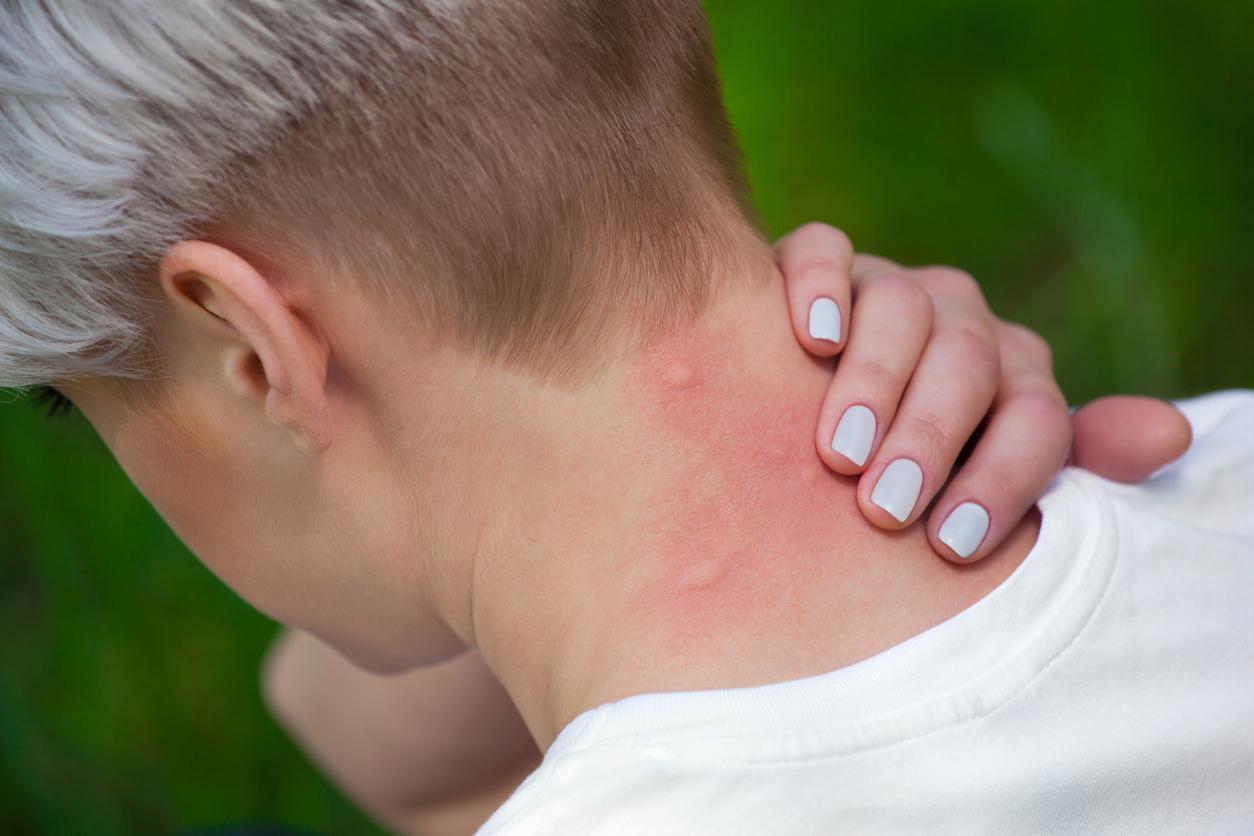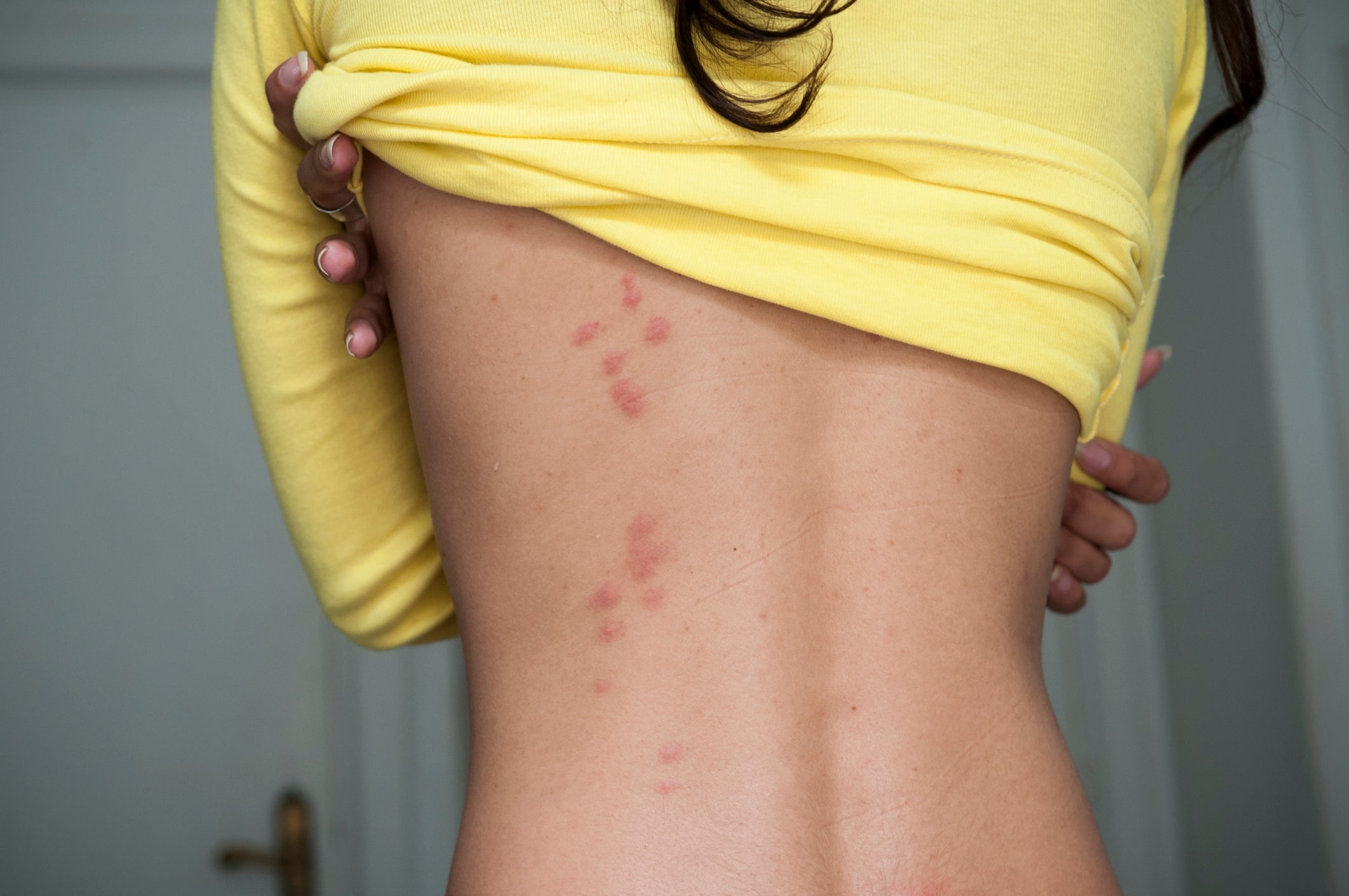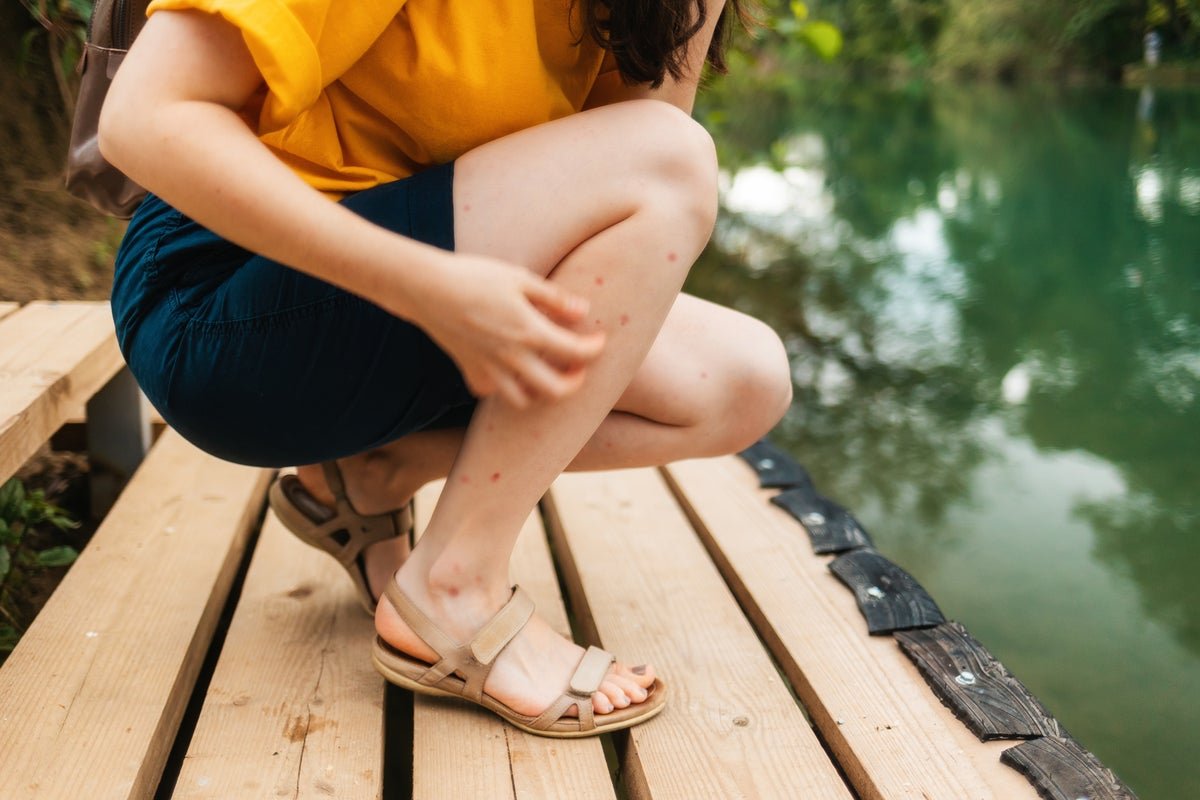As the weather warms up, few of us can resist a nice evening walk through the park or a trip to the countryside to immerse ourselves in natural surroundings.
The summer can be wonderful, but all too often, we are forced to share these picturesque moments with unwanted companions. Insects like mosquitoes, bees, ticks, spiders and fleas can turn a perfect day into an irritating or even worrying experience.
It’s common to notice a sudden itch or mysterious rash when coming home after a summer outing, but the type of itch, its intensity and appearance tell us a lot about what kind of insect bit us. These clues can tell us how to relieve the symptoms and whether they warrant a trip to the health centre.
By taking the right steps, with the right information, we can avoid health scares, unnecessary visits to the doctor, and even medical complications.
The most common bites
While there are undeniable similarities between most insect bites and stings, there are also differences.
In fact, each one has its own characteristics, specific symptoms and specific treatment.
Here are the keys to distinguishing six of the most common ones:
1. Mosquitoes
- Symptoms: redness, mild swelling and intense itching. A mosquito bite usually resolves on its own after three days, without complications.
- Recommendations: wash the area with soap and water, and apply cold presses and topical antihistamines in case of intense itching.

2. Bees and wasps
- Symptoms: immediate pain, slight swelling, intense stinging. Bees leave the stinger behind, but wasps do not.
- Recommendations: remove the stinger (if necessary), apply ice, take oral antihistamines in the event of a localised reaction, and watch out for signs of allergic reaction.
3. Ticks
- Symptoms: the odd thing about ticks is that their bites can go unnoticed. The clue is that when it falls off, it leaves a small red mark in the shape of a bull’s-eye.
- Recommendations: remove with tweezers, taking care not to twist or squeeze the insect’s body. Disinfect and monitor for fever or rash in the following days.
4. Fleas
- Symptoms: small red spots, usually in bumps or clusters, with intense itching. They are usually located on the ankles, legs or areas where clothing is tight. The rash may last for several days, and there may be a risk of superinfection if scratched excessively.
- Recommendations: wash the area with soap and water, and use topical and oral antihistamines if itching is severe. You should also check pets and household textiles, as they are often the source of these insects.
5. Bedbugs
- Symptoms: multiple, clustered bites that are intensely itchy, especially at night.
- Recommendations: wash the area and apply topical antihistamines. Inspect the environment and take measures to eliminate the presence of bedbugs from your home.

6. Spiders
- Symptoms: localised pain and redness, sometimes with two visible spots from the spider’s fangs.
- Recommendations: Wash with soap and water and apply cold. Consult a health professional in the event of necrosis, fever or malaise.
When should you worry?
Usually, any of the above-mentioned stings are nothing more than a simple annoyance that disappears after a few days. However, a bite can also trigger more serious health problems.
Here are three of the most serious complications from an insect bite, along with the action to be taken:
- Severe allergic reaction (anaphylaxis): noticeable difficulty breathing, swelling in the lips and eyelids, dizziness and loss of consciousness. Response: call an ambulance. If the victim has an EPIPen (adrenaline auto-injector to treat severe allergic reactions), use it.
- Infection: a progressive reddening of the affected area, localised heat and pus, and potentially fever. Response: consult with a health professional. Antibiotic treatment may be required.
- Tick-borne diseases such as Lyme disease: red, target-shaped rashes on the skin, fever and muscle and joint pain, all appearing several days after the bite. Response: contact a health professional.
Repellents: what actually works?
The best way to avoid the consequences of an insect bite is to avoid getting bitten in the first place. One of the most effective ways to do this is by using approved repellents containing DEET (diethyltoluamide) or icaridin.
Various products containing these compounds can be found in pharmacies and on supermarket shelves. The choice can seem overwhelming, but the key is simply to look at the label.
Specifically, we want to look at the repellent’s ingredients. The main things to look for are DEET and icaridin, common active ingredients used to repel insects such as mosquitoes, ticks and other disease-carrying insects.
But which of the two is more effective? Do they last as long? And are they equally effective in different environments?
In order to make an informed choice, let’s take a closer look at each of them:
- DEET is the most widely used and scientifically studied repellent, and it has been in use since the 1950s. It is considered one of the most effective against mosquitoes, Ticks and flies. How long it lasts depends on its concentration. For instance, if the label says 30% DEET, its effects can last for about 6 hours. In terms of safety, repellents containing DEET pose no health risks if used correctly. They may, however, irritate the skin or damage clothing made of synthetic fabrics.
- Icaridin is a more modern alternative to DEET, and is equally effective at similar concentrations. A repellent containing 20% icaridin is equivalent in duration to a repellent containing 30% DEET. It differs from DEET in that it is less smelly, less oily and friendlier to skin and materials. It is also effective against mosquitoes and Ticks, and lasts between 6 and 8 hours. Since it is gentler on the skin, Icaridin is a better option for children or people with sensitive skin.
In areas with a high risk of diseases such as dengue, malaria and Zika, both compounds are useful. However, you need to make sure they are strong enough – at least 30% DEET, or 20% icaridin.
Other ways to stay safe
In addition to repellents, physical measures include the use of protective clothing, especially in rural areas or areas with tall vegetation. It is also good to install mosquito nets and to avoid stagnant water.
Another good habit is to do a thorough body check when you return home after a walk in the countryside. This is because ticks can hide in areas such as the groin, armpits or even behind the ears.
If you know that you are allergic to a particular insect bite, you should always carry an EPIPen with you.
Being the target of these insects is not exceptional. In fact, stings and bites are very common, especially in spring and summer. We can’t avoid them altogether, so the key is to know how to identify bites, apply appropriate care, and when to seek medical advice or attention.
Informed action can be the difference between a simple, itchy nuisance and a major medical emergency.
Marta Diarte Oliva, Docente en la Universidad de San Jorge (Zaragoza), Universidad San Jorge. Alejandro J. Almenar Arasanz, Profesor área de Fisioterapia, Universidad San Jorge.
This article is republished from The Conversation under a Creative Commons license. Read the original article.
#mosquitoes #ticks #identify #treat #insect #bites



